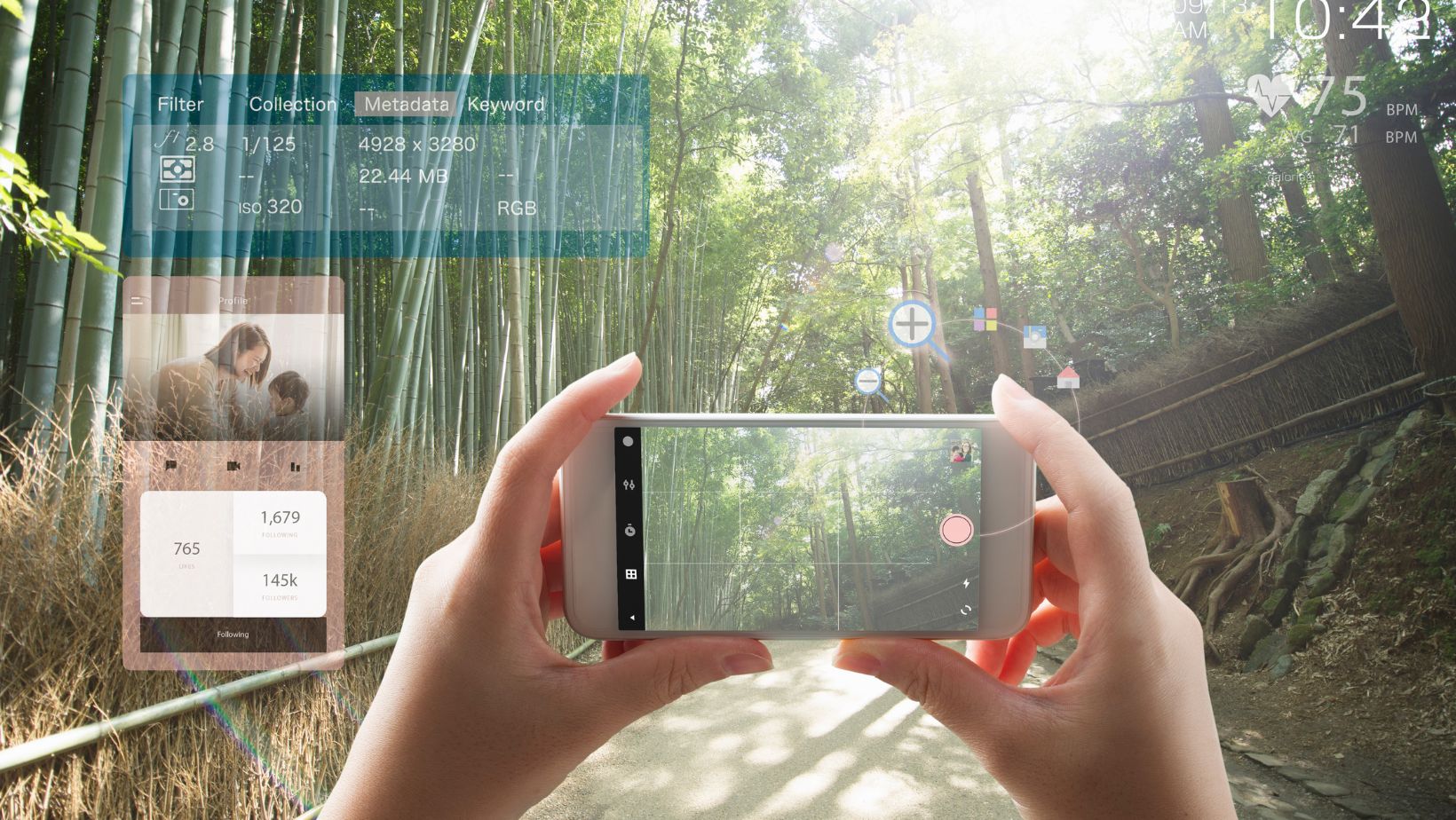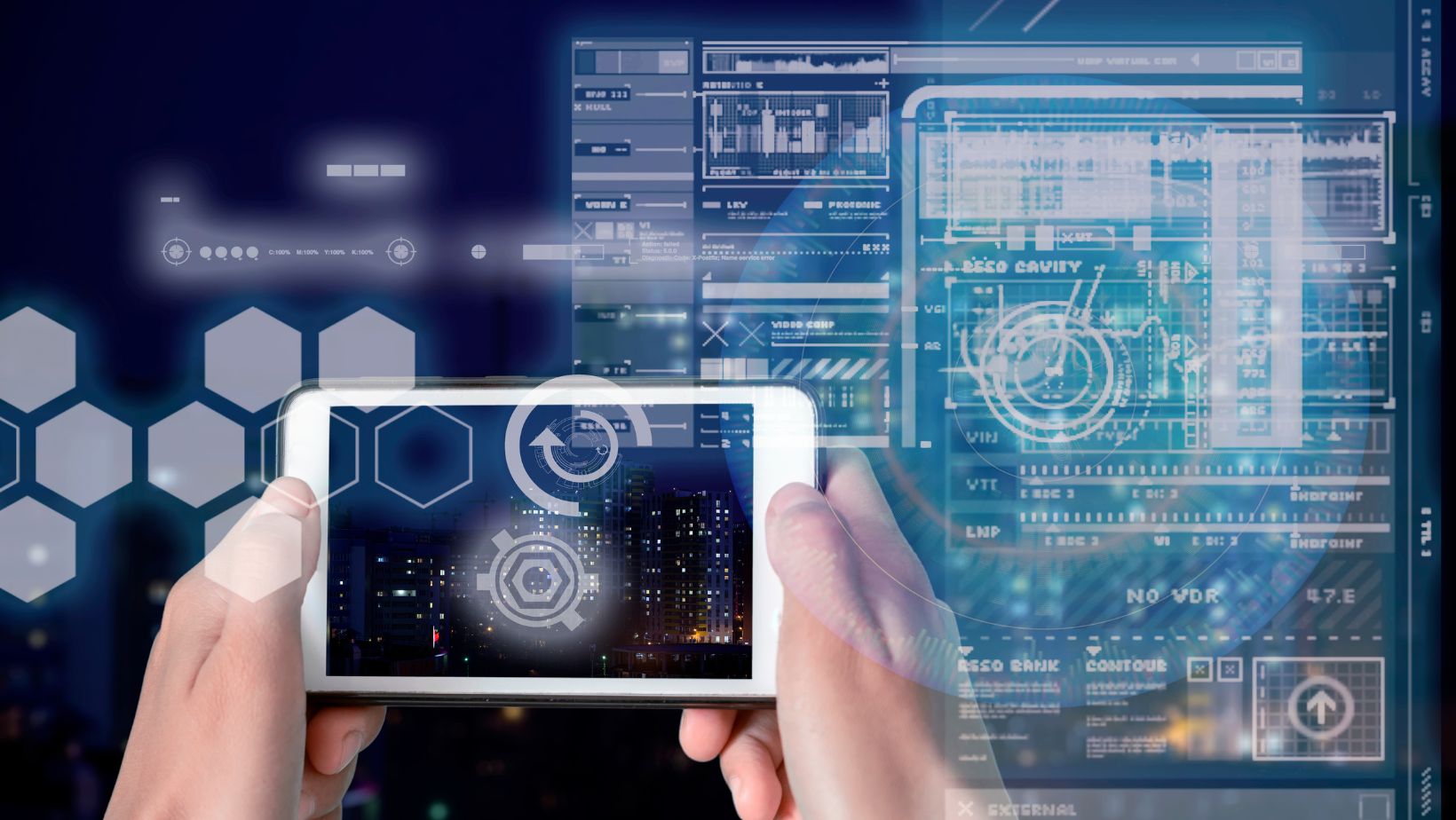In recent years, the travel industry has witnessed a remarkable transformation, largely driven by technological advancements. One technology that has been making a significant impact is Augmented Reality. AR, which overlays digital information and virtual objects into the real world, is changing the way we experience and explore new destinations. In this article, we will delve into how AR is reshaping travel experiences, offering a more immersive and informative journey for travelers.
Enriching experiences
Traveling exposes you to new opportunities and can be an enriching experience, but connecting to public Wi-Fi carries cybersecurity risks. Using a VPN is essential for travelers as public networks are often insecure, making it easy for cybercriminals to steal sensitive information. Whether booking a tour in a Paris café or using public Wi-Fi in the airport, a VPN ensures your transactions remain secure.
Augmented Reality can be a valuable companion while traveling to different destinations as it can offer an immersive and informative layer to your journey, making it more engaging and educational. Using AR apps like TimeLooper, you can virtually step back in time and witness historical scenes as they once were.
Enhanced Navigation and Wayfinding
Traveling to unfamiliar places can be a daunting task, often leading to lost tourists and frustrating experiences. AR has stepped in to alleviate this problem with applications like Google Maps’ AR Navigation. By utilizing a smartphone’s camera and GPS capabilities, AR can superimpose turn-by-turn directions onto the real world, making it easier for travelers to find their way in unfamiliar environments. This innovative feature provides users with a live view of their surroundings, highlighting key landmarks and the path to their destination.
Virtual Tours and Historical Context
Some AR apps like Wintor offer virtual tour guides that can accompany you on your travels, sharing insights, stories, and recommendations tailored to your interests and the specific location.

For example, when visiting the Colosseum in Rome, travelers can use an AR app to view a reenactment of a gladiator match or watch as the ancient amphitheater is reconstructed to its former glory. This not only adds a layer of educational value but also fosters a deeper connection with the past.
Language Translation and Cultural Understanding
One of the most challenging aspects of international travel is the language barrier. AR translation apps, like Google Translate, are making it easier for travelers to communicate and connect with locals. These apps can translate signs, menus, and spoken language in real-time, bridging linguistic gaps and fostering cross-cultural understanding.
Interactive Museum and Exhibition Experiences
Traditional museums and exhibitions are evolving with AR technology. Visitors can now enjoy interactive and dynamic displays that enhance their understanding of art and history. For instance, museums are using AR to bring paintings to life, providing audio explanations, and offering interactive quizzes to engage visitors more deeply with the exhibits.
At the Louvre in Paris, the AR-enhanced experience allows visitors to learn about the Mona Lisa through an interactive app. By scanning the painting with their smartphone, they can access historical information details about Leonardo da Vinci and even play a quiz to test their knowledge, making the museum visit more engaging and educational.
Personalized Travel Recommendations
AR-powered travel apps and wearables are leveraging user preferences and data analytics to provide personalized recommendations. These platforms analyze a traveler’s interests, previous experiences, and real-time location to suggest activities, restaurants, and points of interest tailored to their individual tastes. When a traveler arrives, for example, in Barcelona, an AR travel app takes into account their interests in art, history, and food.

It then suggests visiting the Picasso Museum, exploring the Gothic Quarter, and dining at a highly-rated local tapas restaurant, all within walking distance. This personalized guidance ensures that travelers can make the most of their limited time in a new destination.
Conclusion
Augmented Reality is revolutionizing the way we experience and interact with the world, particularly in the realm of travel. From enhancing navigation and providing historical context to breaking down language barriers and offering personalized recommendations, AR is elevating the quality of travel experiences. As technology continues to advance and become more accessible, we can expect even more exciting and innovative applications, making travel not just a destination but an immersive journey of discovery. The fusion of technology and travel opens up new horizons, and with the right precautions, we can embark on our journeys with confidence. As we continue to explore the world through the lens of AR, let’s savor the excitement it brings while prioritizing safety and look forward to the endless possibilities this digital age has in store for us.


 By
By 



